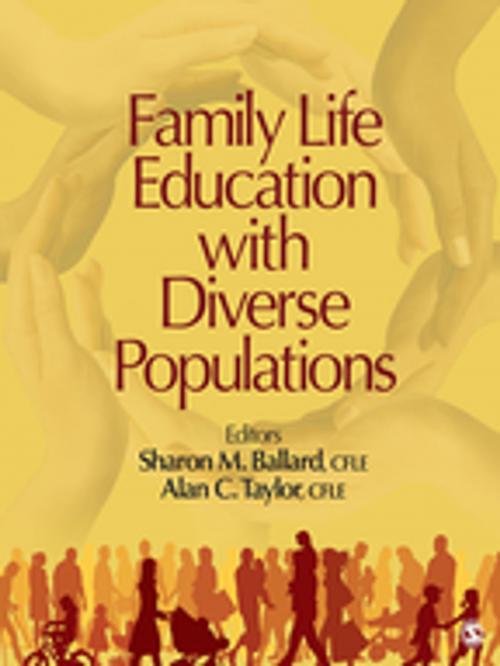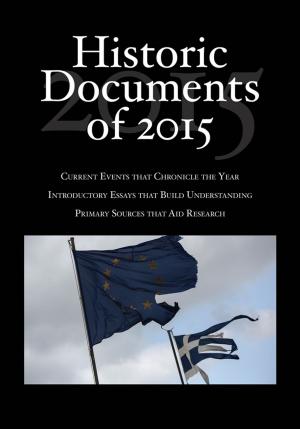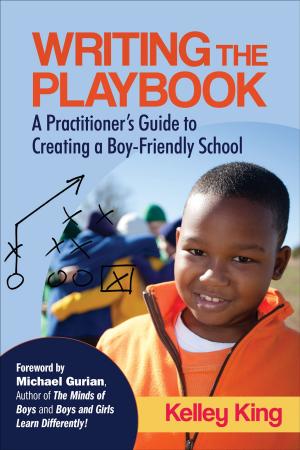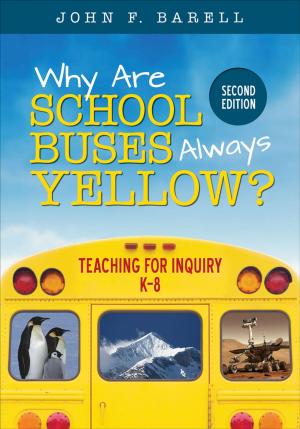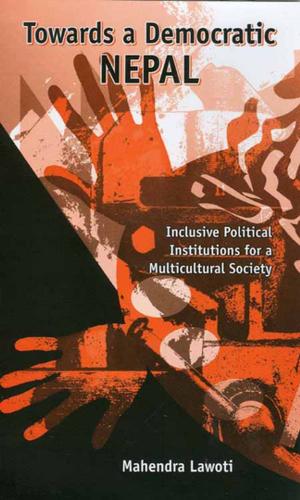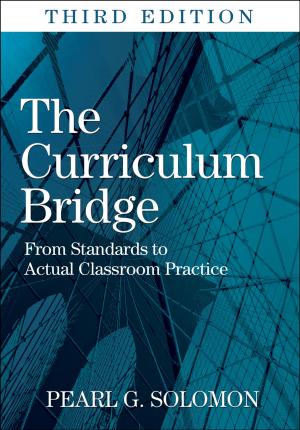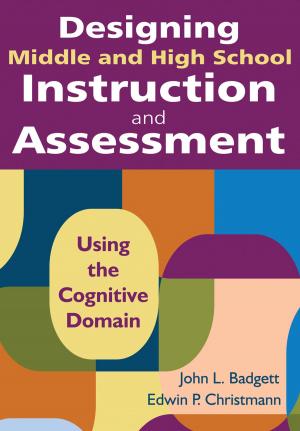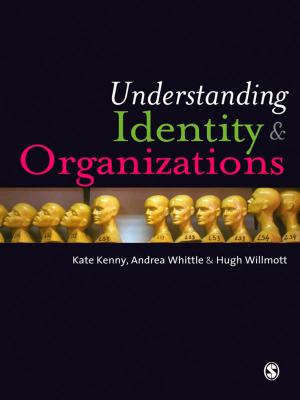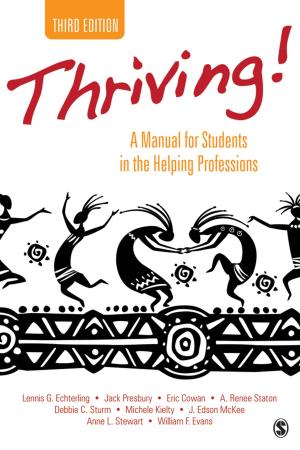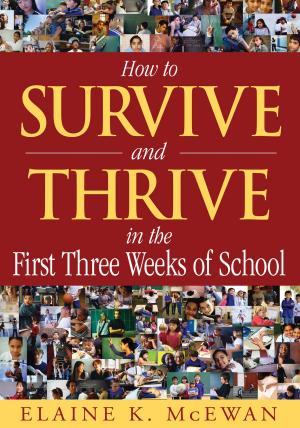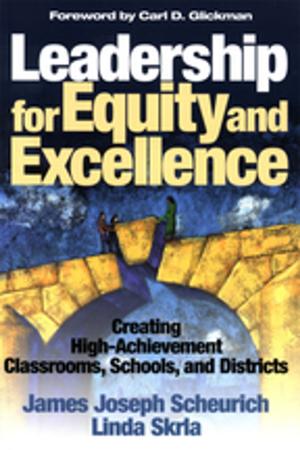Family Life Education With Diverse Populations
Nonfiction, Social & Cultural Studies, Social Science, Social Work, Sociology| Author: | ISBN: | 9781483342382 | |
| Publisher: | SAGE Publications | Publication: | December 5, 2011 |
| Imprint: | SAGE Publications, Inc | Language: | English |
| Author: | |
| ISBN: | 9781483342382 |
| Publisher: | SAGE Publications |
| Publication: | December 5, 2011 |
| Imprint: | SAGE Publications, Inc |
| Language: | English |
Family and human service professionals in a variety of disciplines engage in family life education, which is designed to strengthen, enrich, and empower families. This includes many content areas such as couple and parent-child relationships, balancing work and family, parenting, financial literacy, interpersonal communication, and sexuality.
The authors bridge the gap between research and practice by examining and presenting key strategies for working with diverse populations including those based on race and ethnicity, family structure, geographic location, and context. By defining eleven diverse groups and presenting their strengths and unique cultural characteristics, the authors present an evidence-based practice approach with each chapter, prescribing the best practices for working with these diverse groups in regard to general FLE needs, educator characteristics, ethical considerations, marketing and recruitment, modes of learning, and environmental considerations. This book is essential for students who are preparing to work with families, as well as professionals engaging in FLE activities with diverse populations.
Family and human service professionals in a variety of disciplines engage in family life education, which is designed to strengthen, enrich, and empower families. This includes many content areas such as couple and parent-child relationships, balancing work and family, parenting, financial literacy, interpersonal communication, and sexuality.
The authors bridge the gap between research and practice by examining and presenting key strategies for working with diverse populations including those based on race and ethnicity, family structure, geographic location, and context. By defining eleven diverse groups and presenting their strengths and unique cultural characteristics, the authors present an evidence-based practice approach with each chapter, prescribing the best practices for working with these diverse groups in regard to general FLE needs, educator characteristics, ethical considerations, marketing and recruitment, modes of learning, and environmental considerations. This book is essential for students who are preparing to work with families, as well as professionals engaging in FLE activities with diverse populations.
